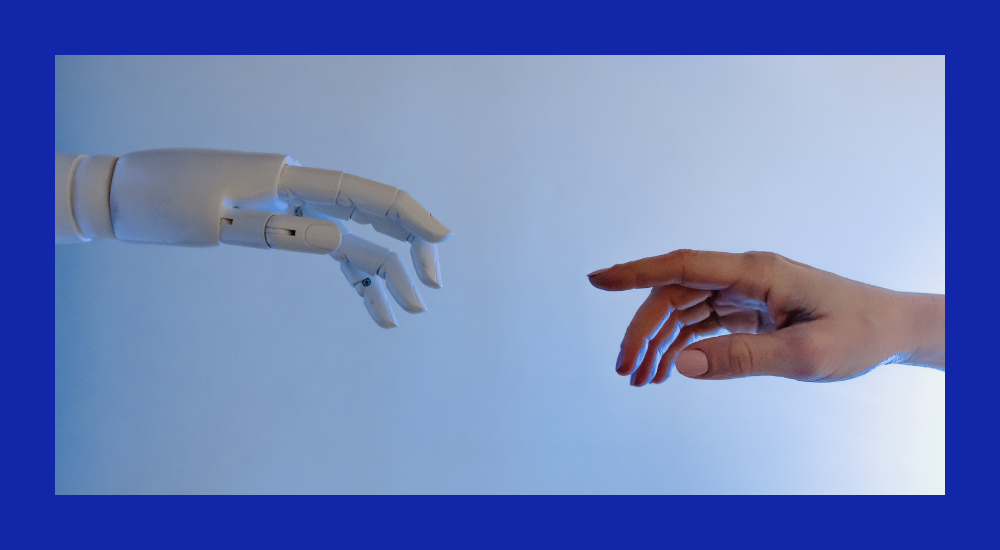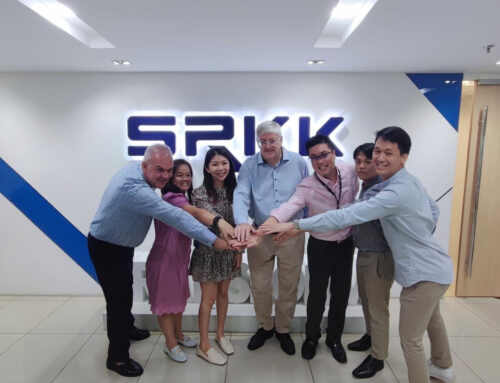
RPA stands for Robotic Process Automation and is a software technology that allows anyone to automate digital operations.
RPA allows software users to develop software robots, or “bots,” that can learn, mimic, and then execute business operations based on rules.
Users can construct bots using RPA automation by monitoring human digital actions. Demonstrate what you want your bots to do, then leave them to it.
RPA bots can communicate with any application or system in the same manner that humans can, with the exception that RPA bots can work around the clock, nonstop, far faster, and with 100 percent accuracy and reliability.
Setup, use, and sharing RPA bots is simple. You’ll be able to configure RPA bots if you know how to record video with your phone.
What are the benefits of RPA?
RPA allows businesses to save money on staffing and eliminate human error.
Bots are often low-cost and simple to set up, as they don’t require any custom software or extensive system integration.
Such features, are critical as businesses seek to expand without incurring major costs or causing friction among employees.
By automating low-value operations, companies are attempting to obtain some breathing room so they can better serve their business.
7 Predictions for the RPA Market *(in 2019)
PREDICTION 1:
THE RPA MARKET WILL GROW DRAMATICALLY IN 2019 (AGAIN & onward) Global Robotic Process Automation (RPA) software revenue is estimated to reach $1.89 billion in 2021, up 19.5 percent from 2020,” according to a Gartner forecast.
PREDICTION 2:
BANKING, FINANCIAL SERVICES, AND INSURANCE (BFSI) WILL LEAD RPA ADOPTION; HOWEVER, NEW “STARS” WILL EMERGE. RPA has historically proven popular in areas that require human data entry for contracts and other forms. These industries are known as BFSI (Banking, Financial Services, and Insurance). In terms of RPA market sector, BFSI is at the top.
PREDICTION 3:
RISE OF ATTENDED RPA. Both “attended” and “unattended” modes are available for RPA bots. Attendant bots, which are typically employed for front-office tasks, are useful when the complete end-to-end procedure cannot be automated. The term “unattended” refers to RPA procedures that do not require human interaction. Not all RPA technologies can handle both supervised and unsupervised automation.
PREDICTION 4:
RPA WILL BECOME MORE INTELLIGENT. RPA will incorporate AI and become perceptive, meaning it will be able to grasp process goals and make more judgments. Based on human training, RPA may make increasingly complicated decisions. This is one of the main reasons for the increasing growth of unattended RPA systems. Machine learning, OCR, and analytics, among other cognitive elements, will increasingly be included in RPA implementation.
PREDICTION 5:
RPA PRICING WILL COME DOWN. New players in the RPA market, including programming merchants and frameworks integrators, will likewise be a factor in driving costs down. Gartner predicts that, through 2019, associations will see value decreases in nonexclusive RPA devices, which are driven by various new contestants.
PREDICTION 6:
SECURITY WILL BECOME A BIGGER FACTOR IN RPA DEPLOYMENTS. Companies now have the application of digital rights management (DRM). With DRM fused, bots will have a particular character, actually like an individual. Also, they will have honesty, along these lines guaranteeing that you realize that the bot is the bot and not gatecrasher.
PREDICTION 7:
THE FUTURE OF WORK WILL CHANGE DRAMATICALLY WITH THE EMERGENCE OF THE INTELLIGENT DIGITAL WORKFORCE. The RPA business will go through a change with multitudes of computerized laborers taking on requesting, monotonous and high-volume business capacities, permitting human specialists to zero in on exercises that require human insight.
10 tips for effective Robotic Process Automation
1. Set and manage expectations
2. Consider business impact
3. Involve IT early and often
4. Poor design, change management can wreak havoc
5. Don’t fall down the data rabbit hole
6. Project governance is paramount
7. Control maintains compliance
8. Build an RPA center of excellence
9. Don’t forget the impact on people
10. Put RPA into your whole development lifecycle.
Tell and share with us how we can help you. SRKK works closely with RPA principals, Microsoft RPA (Power Automate Desktop) and Nintex Enterprise RPA and can extend our knowledge to you.
Give us a call today to set an initial 30 minute brainstorming session to leverage the power of RPA in your environments.
Singapore: Contacts us through +65 6389 1831 or [email protected]
Malaysia: Contact Us Here



